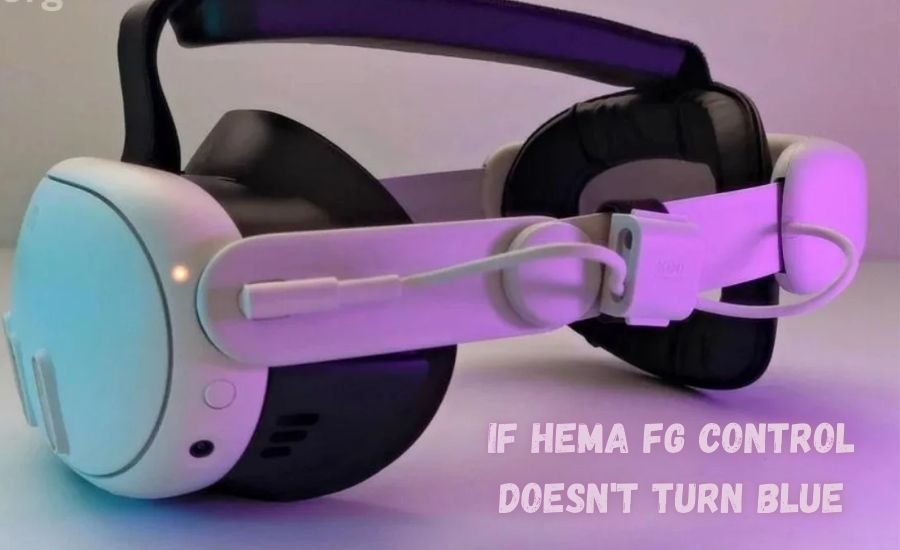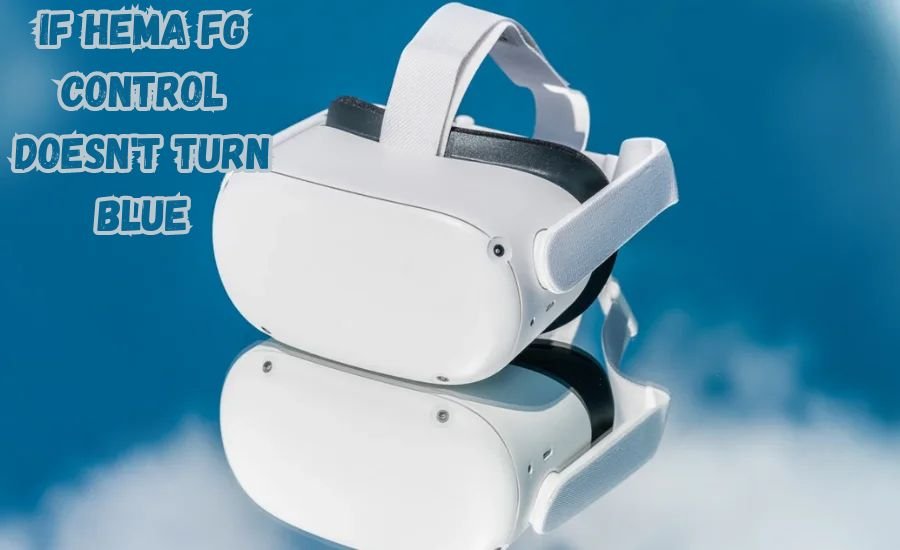In labs, if hema fg control doesn’t turn blue is important to ensure that tests are accurate and reliable. When the control doesn’t turn blue, it can be a sign that something is wrong. This post will guide you through the reasons why this might happen and how to fix it. Understanding these issues can help you ensure that your lab tests are always accurate.
Understanding Hema FG Control
If hema fg control doesn’t turn blue is used to check if tests are running correctly. When it turns blue, it means everything is fine. The blue color shows that the chemicals are reacting as expected. If it doesn’t turn blue, this can cause worry among lab technicians.
Why Does the Blue Color Matter?
The blue color is crucial. It indicates that the quality control process is working well. If the control doesn’t turn blue, it suggests there might be an issue with the test. This can lead to unreliable results, so it’s essential to address the problem quickly.
Importance of Reliable Test Results
Reliable test results are vital in many fields, including medicine and research. If Hema FG Control doesn’t turn blue, it can affect the entire testing process. Understanding the reasons behind this issue can help labs maintain their quality standards.
Common Issues That Cause Hema FG Control Not to Turn Blue

If Hema FG Control doesn’t turn blue, there are several common reasons for this. Below are some key issues to consider.
1. Expired Chemicals (Reagents)
- Reagents Have a Shelf Life: Just like food, chemicals can expire. If the reagents are past their expiration date, they may not work as they should.
- Check the Expiration Dates: Always check the labels on your chemicals before use. If they are expired, replace them with fresh ones to ensure accurate results.
2. Equipment Not Calibrated
- Importance of Calibration: Lab equipment needs to be calibrated to function correctly. If the equipment is not calibrated, it can affect the test results.
- Regular Checks: Make it a habit to check the calibration of your devices regularly. This small step can save you from big problems later.
3. Incorrect Sample Handling
- Handle Samples with Care: How you handle the samples matters a lot. Mishandling can introduce errors into your tests.
- Follow Guidelines: Always follow the correct procedures for sample preparation. This ensures the integrity of your results.
4. Environmental Factors
- Room Conditions Matter: The temperature and humidity in the lab can impact the chemical reactions. If it’s too hot or too cold, the test may not work correctly.
- Monitor Conditions: Use tools to measure the lab’s temperature and humidity. Keeping these at optimal levels helps ensure accurate test results.
Step-by-Step Troubleshooting Guide
When you face the issue if hema fg control doesn’t turn blue not turning blue, follow these steps to troubleshoot effectively.
Check the Expiry Date of the Chemicals
Start by checking the expiration dates of your reagents. If hema fg control doesn’t turn blue, replace them immediately. Fresh reagents are key to getting accurate results.
Ensure Equipment is Properly Calibrated
Make sure that all lab equipment is calibrated. You can do a simple calibration test or ask a technician for help. This ensures that your equipment works properly.
Review Sample Handling
Check how you handle the samples. Ensure you are following the correct procedures. This can help avoid contamination and errors that may cause the control not to turn blue.
Check the Room Conditions
Look at the lab’s temperature and humidity levels. If the conditions aren’t optimal, adjust them. This can make a big difference in the success of your tests.
Advanced Solutions If Hema FG Control Doesn’t Turn Blue

If you’ve tried all the basic troubleshooting steps and the if hema fg control doesn’t turn blue, consider these advanced solutions.
Contact Manufacturer Support
If you suspect an issue with the control or reagents, reach out to the manufacturer. They can provide additional troubleshooting steps and possibly replace any faulty materials.
Replace Equipment or Chemicals
If your equipment is old or not functioning well, it may need to be replaced. Sometimes, the problem lies in worn-out machines or reagents.
Consult with a Lab Technician
For serious issues, don’t hesitate to seek help from a lab technician. They have the expertise to diagnose and fix problems effectively.
May You Like This: Powered by Olankz
Preventive Measures to Avoid the Issue
To keep Hema FG Control functioning well, consider these preventive measures.
Regular Quality Checks
Make it a routine to check your equipment and reagents. Regular quality checks can help you catch potential problems before they become serious.
Proper Storage of Chemicals
Always store chemicals according to the manufacturer’s guidelines. Keeping them in a cool, dry place can extend their shelf life and effectiveness.
Maintaining Ideal Lab Conditions
Ensure that your lab’s temperature and humidity are at the right levels. Use thermometers and humidity sensors to monitor these conditions.
Conclusion
If Hema FG Control doesn’t turn blue, it can be frustrating, but most of the time, the solutions are straightforward. By checking the expiration of your chemicals, calibrating your equipment, and maintaining the right lab conditions, you can solve the issue quickly. With these tips and preventive measures, you can keep your lab running smoothly and ensure reliable test results.
FAQs
Q: What should I do if Hema FG Control doesn’t turn blue?
A: If hema fg control doesn’t turn blue, start by checking for expired chemicals. Then, ensure your equipment is calibrated and that you are handling samples correctly.
Q: Is it possible to rent out my Oculus Quest 2?
A: Yes, you can rent out your Oculus Quest 2. Just review the rental terms and conditions to ensure safe usage.
Q: What is the Guardian system used for?
A: The Guardian system creates a virtual boundary to keep you safe while playing in VR, preventing you from accidentally running into things in the real world.
Q: How can I make my Oculus Quest 2 battery last longer?
A: To save battery, try lowering the screen brightness, closing apps running in the background, or getting an external battery pack.
Q: What are the common steps to fix connection problems?
A: If you’re having connection problems, restart your router, check your Wi-Fi signal strength, and ensure your device has the latest software updates.
Follow us for the latest recipe news and updates: TECH DENSER




